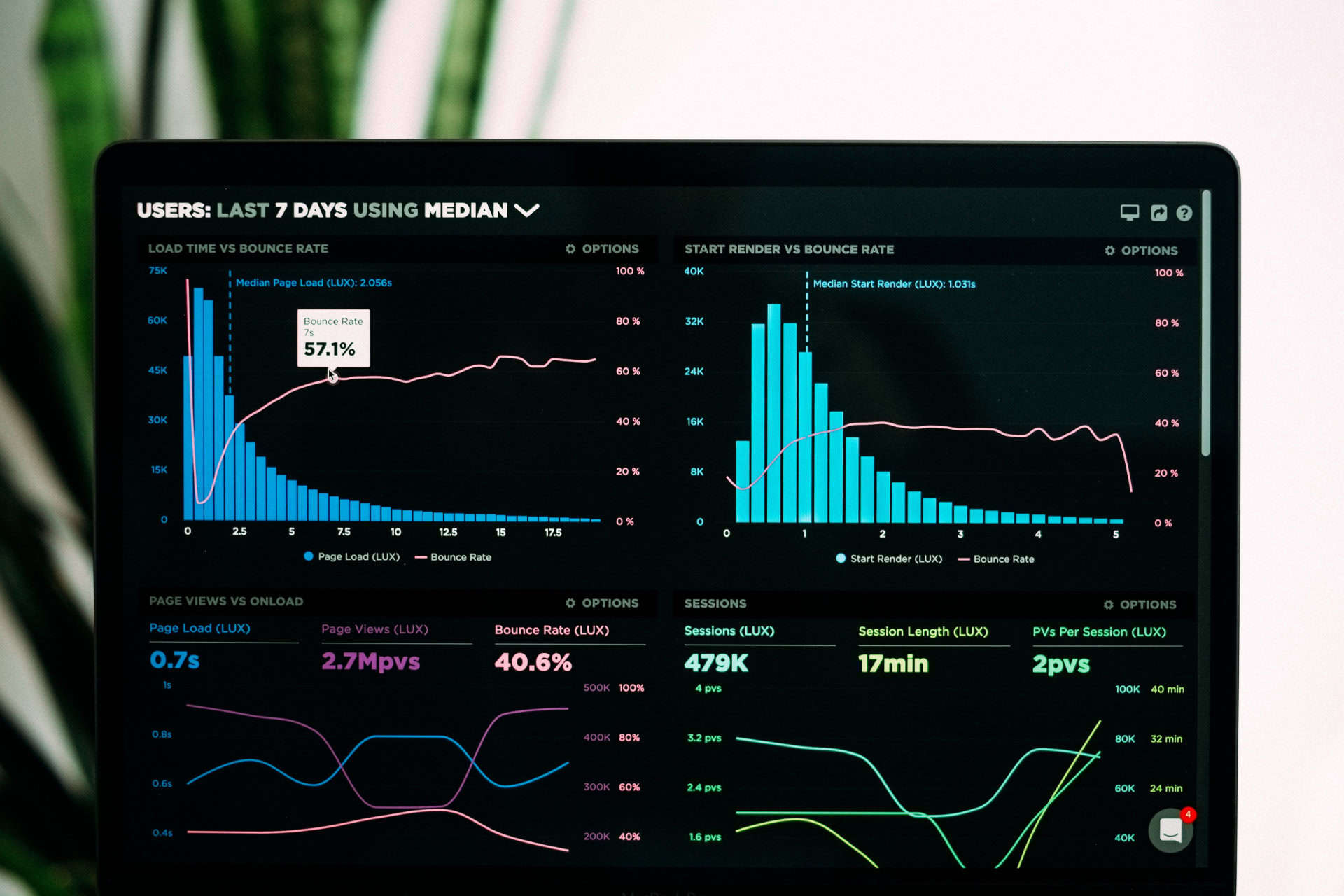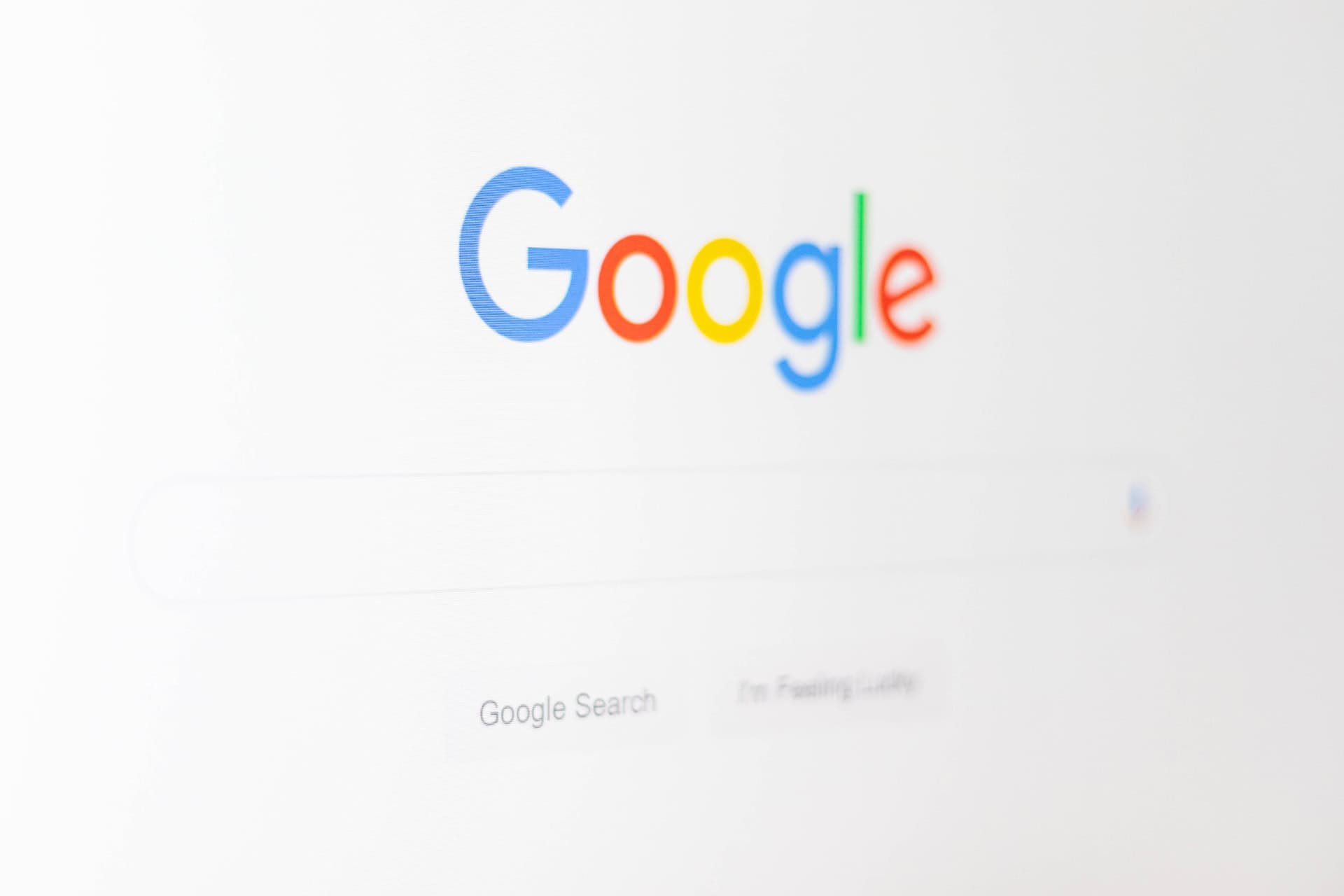In today’s competitive digital marketplace, understanding how to effectively reach your audience can make or break your business. Paid search advertising offers a golden opportunity to connect with potential customers who are actively searching for your products or services. But how does it work, and how can you harness its power for your small business? This comprehensive guide will demystify paid search, revealing essential insights and strategies to help you succeed.
Have you ever wondered why some ads appear at the top of your search results, even above the organic listings?
Key Takeaways
- Discover how paid search advertising can boost your business by offering prime visibility on search engines
- Learn the mechanics of search advertising, from bidding on keywords to understanding Quality Score
- Explore the benefits of paid search, including precise targeting and measurable results
- Get insights on setting up and optimizing your first search campaign
- Master budgeting techniques to maximize your return on investment (ROI) in search marketing
Understanding Paid Search
Paid search advertising can feel like a maze when you’re new to the world of digital marketing. However, its concept is straightforward and powerful. At its core, paid search involves businesses paying to display their ads prominently in search engine results, making it a vital tool for gaining visibility online. This advertising model allows you to bid on keywords that your potential customers use when they search online. As a result, your ads can appear at the top of search results, marked as “sponsored” or “ad,” setting them apart from organic listings.

What is Paid Search?
Paid search advertising represents a dynamic form of digital marketing where businesses pay to showcase their ads in search engine results. By bidding on specific keywords, you can target potential customers who are actively seeking your products or services. The beauty of paid search lies in its ability to offer prime visibility. Ads appear at the top of search results pages, ensuring your business captures the attention of users right away.
When you venture into paid search, you engage in a competitive landscape where advertisers bid on keywords that relate to their offerings. These keywords are the terms potential customers use to find what they need online. This bidding process determines which ads appear and in what order, allowing advertisers to target their audience effectively. The value of paid search advertising becomes evident as you gain access to people actively searching for your business, setting the stage for higher conversions.
How Search Advertising Works
Search advertising operates on a pay-per-click (PPC) model, where advertisers pay each time a user clicks on their ad. Search engines use complex algorithms to determine ad placement, considering factors like bid amounts and ad relevance. This combination of bidding and relevance ensures that your ad appears to the right audience at the right time. Quality Score, a metric that search engines use, plays a crucial role in determining your ad’s cost and position. It reflects the relevance and quality of your ad and landing page.
Achieving success in search advertising requires a balance between strategic bidding and creating relevant content. Your ad’s position is not solely dependent on how much you’re willing to pay; it’s also about how well your ad aligns with what users are searching for. By focusing on Quality Score and crafting compelling ads, you can maximize your campaign’s effectiveness and reach your target audience more efficiently.
Benefits of Paid Search Advertising
Paid search advertising offers a multitude of benefits that can significantly impact your business’s bottom line. One of its most compelling advantages is the immediate visibility it provides to potential customers actively searching for your products or services. Unlike organic search, which can take time to build up, paid search delivers instant results, placing your business right in front of eager consumers.

These ads can be precisely targeted to reach specific demographics or geographic areas, ensuring you connect with the right audience. Whether you’re targeting a local market or a specific age group, paid search allows you to narrow down your reach effectively. This level of targeting enhances the relevance of your ads, increasing the likelihood of conversions and maximizing your return on investment (ROI).
Moreover, paid search offers measurable results, making it easier to track your marketing efforts’ effectiveness. You can analyze data on clicks, conversions, and other key metrics, allowing you to refine your strategy and optimize your campaigns. This level of insight is invaluable for small businesses looking to make the most of their advertising spend. Additionally, paid search provides flexibility in budgeting, enabling you to control your advertising costs efficiently. You can start with a modest budget and scale up as you see results, making it an accessible option for businesses of all sizes.

Creating a Search Campaign
Creating a successful search campaign involves a series of strategic steps that can set the foundation for your advertising efforts. Starting with a clear plan and understanding the essentials is crucial to maximizing your campaign’s impact.
Setting Up Your First Search Ad
To set up your first search ad, you’ll need to create an account with a search engine advertising platform like Google Ads. This platform will be your hub for managing and monitoring your campaigns. Once you have an account, the next step is crafting a clear and concise ad headline that grabs attention. Your headline is the first thing potential customers see, so make it compelling and relevant to their needs.
A crucial aspect of creating a successful ad is ensuring that your landing page aligns with your ad’s message. This alignment improves your Quality Score and increases the chances of conversions. When users click on your ad, they should find exactly what they’re looking for on your landing page. After launching your ad, closely monitor the initial results to refine your strategy. Use the data you gather to make adjustments before scaling up your campaign.
Choosing Keywords for Your Campaign
SEO Keyword Research is the backbone of any successful search campaign. It involves identifying the terms your target audience uses when searching for products or services like yours. Long-tail keywords, which are more specific and usually longer phrases, often deliver higher conversion rates due to their specificity. These keywords help you target users who are further along in their buying journey.
Conducting SEO competitor analysis can provide valuable insights into which keywords other businesses in your industry are targeting. This analysis helps you understand the competitive landscape and identify opportunities to differentiate your offerings. Regularly updating your keyword list is essential to keeping your campaign relevant and effective. As search trends evolve, adapting your keyword strategy ensures your ads continue reaching the right audience.
Optimizing Your Search Ads
Optimizing your search ads is an ongoing process that involves refining your ad copy and testing different variations to improve performance. With the right approach, you can maximize your ad’s effectiveness and drive better results.

Writing Compelling Ad Copy
Crafting compelling ad copy is essential to stand out from competitors and capture your audience’s attention. Highlight your unique selling points to differentiate your products or services. A strong call-to-action (CTA) is crucial for encouraging users to click on your ad. Use action-oriented language that prompts users to take the next step, whether it’s visiting your website or making a purchase.
Incorporating numbers or offers, such as discounts, can increase your ad’s click-through rate. People are naturally drawn to numbers and deals, making them more likely to engage with your ad. Regularly testing and refining your ad copy is key to optimizing performance. Experiment with different headlines, descriptions, and CTAs to see what resonates best with your audience.
Testing Different Ad Variations
A/B testing is a powerful technique for determining which ad variations perform the best. By creating multiple versions of your ad with different headlines, descriptions, or CTAs, you can identify what resonates most with your audience. Analyzing performance data from these tests guides future ad copy decisions and helps you refine your strategy.
Continuous testing ensures your ads remain effective in changing markets. Consumer preferences and search trends can shift over time, making it essential to adapt your ads accordingly. By staying proactive and responsive to these changes, you can maintain a competitive edge in your search advertising efforts.
Budgeting for Your Search Campaign
Budgeting is a critical aspect of running a successful search campaign. It involves setting clear financial goals and allocating resources effectively to achieve the best results.

A well-defined budget helps you manage your spending and maximize your return on investment (ROI). Start by determining how much you’re willing to invest in your search advertising efforts. Allocating funds according to your campaign goals optimizes resource use and ensures you focus on the most impactful areas. For instance, if your goal is to increase website traffic, allocate more budget to campaigns that drive clicks.
Regularly reviewing your budget is essential to staying on track financially. As your campaign progresses, analyze performance data to determine if adjustments are needed. Flexibility in your budget allows you to make changes based on performance data, ensuring you continue to achieve your advertising goals.
Measuring Success in Search Marketing
Measuring the success of your search marketing efforts is crucial for optimizing your campaigns and achieving your business objectives. By tracking key metrics and using analytical tools, you can gain valuable insights into your advertising performance.

Key Metrics to Track
Several key metrics provide valuable insights into your search campaign’s performance. The click-through rate (CTR) indicates how often people click on your ad after seeing it. A high CTR suggests that your ad is relevant and compelling to your audience.
Conversion rate is another critical metric that shows the percentage of clicks that result in desired actions, such as purchases or sign-ups. Monitoring your conversion rate helps you understand how effectively your ads drive results.
Cost-per-click (CPC) reveals the average cost you pay for each click, allowing you to gauge the efficiency of your spending.
Return on ad spend (ROAS) measures the revenue generated from your ad campaign, providing a clear picture of your advertising ROI.
Tools for Analyzing Campaign Performance
Several tools are available to help you analyze your campaign’s performance and make data-driven decisions. Google Ads provides comprehensive analytics for tracking ad performance, offering insights into key metrics like CTR and conversion rates. Google Analytics offers additional insights into user behavior on your website, helping you understand how visitors interact with your content.
Third-party tools can provide additional metrics and reporting functionalities, giving you a holistic view of your campaign’s performance. Regular analysis of this data is essential for refining strategies and improving campaign effectiveness. By leveraging these tools, you can make informed decisions that drive better results in your search marketing efforts.
Tips for Getting Started with Paid Search
Getting started with paid search advertising can feel overwhelming, but with the right approach, you can set yourself up for success.
Researching Competitors’ Strategies
Analyzing your competitors’ ads & websites can uncover effective strategies and keywords to inform your approach. Competitor research tools provide insights into bidding strategies and ad placements, helping you understand what works in your industry.
Understanding your competitive landscape allows you to differentiate your offerings and stand out from the crowd. Regular competitor analysis keeps your strategies fresh and competitive, ensuring you stay ahead in the market.
Utilizing Ad Extensions for Better Visibility
Ad extensions provide additional information, such as phone numbers or location, in your ads. These extensions enhance visibility and increase the chances of user engagement by providing more context and value. Different extension types cater to various business needs and goals, allowing you to customize your approach. Implementing ad extensions can improve ad position and performance, helping you achieve better results in your search advertising efforts.
By following these tips and strategies, you’ll be well-equipped to harness the power of paid search advertising and drive meaningful results for your small business.
Integrated Direct Mail & Digital Marketing: The Best of Both Worlds
In an age where digital saturation is the norm, combining online and offline efforts can be a game-changer for small businesses. Integrated Direct Mail & Digital Marketing is a strategy that unites the precision of online targeting with the proven power of physical outreach—offering a cohesive, high-performance marketing approach.
What is Integrated Direct Mail & Digital Marketing?
It’s the practice of aligning your digital efforts (like paid search, email, or social media) with direct mail campaigns to reach your audience across multiple channels.
For example, someone who clicks on a Google ad might also receive a personalized postcard at home with a similar message, QR code, and offer—creating a seamless brand experience.
This multichannel touch builds trust and improves response rates. Studies show that when direct mail is combined with digital campaigns, response rates can increase by up to 35% and ROI can jump by more than 60%. That’s because it meets customers where they are—online and offline—while reinforcing your message.
When you integrate direct mail into your digital strategy, you ensure your message doesn’t just get seen—it gets remembered.
Want to go further? Add QR codes that drive traffic back to your landing page, retarget website visitors with direct mail, or follow up digital leads with a handwritten-style postcard for a personal touch.
Integrated marketing isn’t just smart—it’s effective. And in a world where attention is scarce, smart and effective wins.
How It Works
At Bricks & Clicks Marketing, I help small businesses like yours launch integrated campaigns that combine the strengths of paid search and direct mail:
🔍 Search Ads drive immediate online visibility for high-intent keywords
💌 Personalized Postcards follow up with hyper-targeted offers based on search behavior, location, or past engagement
🔁 QR Codes connect physical mail to your landing page or booking form for measurable results
🔄 Retargeting Campaigns ensure visitors who click—but don’t convert—see your offer again via both ads and mail
This multichannel approach makes your marketing more memorable and moves prospects from interest to action—whether they’re clicking or flipping through their mail.
In conclusion, paid search advertising is just one piece of a larger strategy that helps small business owners reach the right audience and see real results. When combined with integrated marketing—like pairing search ads with personalized direct mail—you create a multi-channel experience that builds trust, improves conversion rates, and drives growth.
If you’re ready to go beyond clicks and create a marketing system that works across channels, I can help with:
- Paid Search & Local Advertising
- Personalized Direct Mail Campaigns
- Integrated Direct Mail & Digital Marketing
- CRM-Triggered Business Automations
- Small Business Marketing Strategy
Let’s build a system that actually works for your business—not just your ad account. Share your thoughts or reach out if you’re ready to get started.
Frequently Asked Questions
What is Paid Search Advertising?
Paid search advertising, also known as search engine marketing (SEM), is a form of online advertising where businesses pay to have their ads displayed on search engine results pages. These ads are typically shown at the top or bottom of the page and are marked as “sponsored” or “ad.”
What are the benefits of a paid search campaign?
Paid search campaigns offer several benefits to small business owners, including increased visibility, targeted traffic, measurable results, and the ability to control advertising costs. By using paid search, businesses can reach their target audience at the right time and place, leading to higher conversion rates and return on investment.
How do search engines determine ad rankings?
Search engines use a combination of factors to determine ad rankings, including bid amount, ad quality, relevance to the search query, and historical performance. The ad with the highest Ad Rank (bid amount x quality score) typically gets displayed at the top of the search results page.
What are paid search ads, and how do they differ from SEO?
Paid search ads are text-based ads that appear on search engine results pages when users search for specific keywords related to the ad. These ads are paid for by businesses and are displayed based on bidding and ad quality. SEO, on the other hand, involves optimizing website content to improve organic search rankings without paying for placement.
Are Paid Search and PPC The Same Thing?
Yes, paid search and pay-per-click (PPC) advertising are often used interchangeably. PPC is a form of online advertising where advertisers pay a fee each time their ad is clicked. Paid search is a type of PPC advertising that specifically refers to ads shown on search engine results pages.




